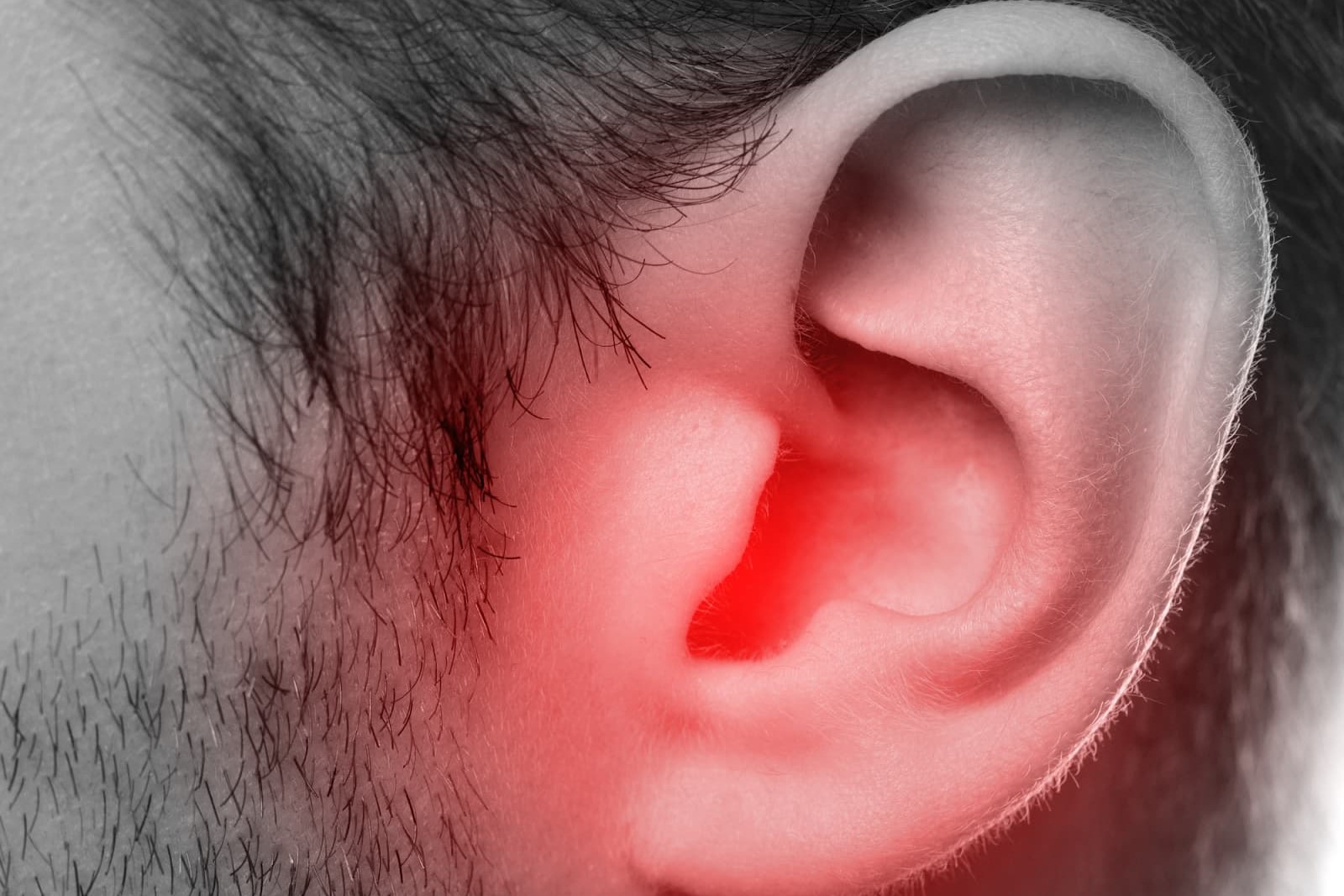
Red Ear Syndrome might sound like a quirky condition, but it’s a real medical phenomenon. Ever felt your ear suddenly turn red and hot? You’re not alone. This syndrome can affect anyone, causing one or both ears to become flushed and warm. It’s often linked to migraines, but other triggers include stress, neck pain, or even eating spicy foods. While it’s not usually harmful, it can be quite uncomfortable and embarrassing. Understanding the causes and symptoms can help manage this condition better. Ready to dive into 50 fascinating facts about Red Ear Syndrome? Let’s get started!
Key Takeaways:
- Red Ear Syndrome (RES) is a rare condition causing redness and burning in the ears. It can be triggered by stress, touch, and temperature changes, and may be linked to migraines and nerve involvement.
- Managing RES involves avoiding triggers, medication, and lifestyle changes. Support groups, education, and regular check-ups are important for living with RES. Ongoing research offers hope for better treatments.
What is Red Ear Syndrome?
Red Ear Syndrome (RES) is a rare condition characterized by episodes of redness and burning in one or both ears. It can be quite puzzling due to its uncommon nature and the variety of potential triggers.
- Rare Condition: RES is considered rare, with only a few hundred cases reported in medical literature.
- Symptom Onset: Symptoms can appear suddenly and without warning.
- Duration: Episodes can last from a few minutes to several hours.
- Unilateral or Bilateral: It can affect one ear (unilateral) or both ears (bilateral).
- Burning Sensation: A burning or hot feeling in the ear is a common symptom.
- Redness: The ear turns visibly red during an episode.
- Pain: Some individuals experience pain in addition to redness and burning.
- Age of Onset: RES can occur at any age but is most commonly reported in adults.
- Gender: It affects both males and females equally.
- Triggers: Common triggers include stress, touch, temperature changes, and physical activity.
Causes and Triggers of Red Ear Syndrome
Understanding what causes RES can help manage and potentially prevent episodes. While the exact cause remains unclear, several factors have been identified.
- Unknown Origin: The exact cause of RES is still unknown.
- Migraine Connection: RES is often associated with migraines.
- Trigeminal Autonomic Cephalalgias: It can be linked to this group of headache disorders.
- Nerve Involvement: The trigeminal and cervical nerves may play a role.
- Stress: Stress is a common trigger for RES episodes.
- Touch: Light touch or pressure on the ear can trigger symptoms.
- Temperature Changes: Sudden changes in temperature, such as moving from a warm to a cold environment, can provoke an episode.
- Physical Activity: Exercise or physical exertion can trigger RES.
- Neck Movements: Certain neck movements or positions may bring on symptoms.
- Diet: Spicy foods and caffeine have been reported as potential triggers.
Diagnosis and Treatment Options
Diagnosing RES can be challenging due to its rarity and the overlap of symptoms with other conditions. Treatment focuses on managing symptoms and avoiding triggers.
- Clinical Diagnosis: RES is primarily diagnosed based on clinical symptoms.
- Exclusion of Other Conditions: Doctors rule out other conditions with similar symptoms.
- Neurological Examination: A thorough neurological exam is often conducted.
- Imaging Tests: MRI or CT scans may be used to rule out structural abnormalities.
- Medication: Anti-inflammatory drugs and pain relievers can help manage symptoms.
- Migraine Medications: Medications used for migraines may be effective.
- Nerve Blocks: In some cases, nerve blocks can provide relief.
- Botox Injections: Botox has been used to treat RES in some patients.
- Lifestyle Changes: Avoiding known triggers can reduce the frequency of episodes.
- Stress Management: Techniques such as meditation and yoga can help manage stress.
Living with Red Ear Syndrome
Living with RES requires awareness and proactive management to minimize the impact on daily life.
- Awareness: Understanding the condition is crucial for effective management.
- Support Groups: Joining support groups can provide emotional support and practical advice.
- Education: Educating family and friends about RES can foster understanding.
- Medical Alert: Wearing a medical alert bracelet can be helpful in emergencies.
- Regular Check-ups: Regular visits to a healthcare provider are important.
- Symptom Diary: Keeping a diary of symptoms and triggers can aid in management.
- Hydration: Staying hydrated may help reduce the frequency of episodes.
- Healthy Diet: A balanced diet can support overall health and well-being.
- Exercise: Regular, moderate exercise can improve overall health.
- Sleep: Ensuring adequate sleep is essential for managing stress and overall health.
Research and Future Directions
Ongoing research aims to better understand RES and develop more effective treatments.
- Ongoing Studies: Researchers continue to study RES to uncover its causes and mechanisms.
- Genetic Research: Some studies are exploring potential genetic links.
- New Medications: Development of new medications is underway.
- Improved Diagnosis: Advances in diagnostic techniques are being explored.
- Patient Registries: Patient registries help collect data and improve understanding.
- Awareness Campaigns: Efforts to raise awareness about RES are increasing.
- Collaboration: Collaboration between researchers and clinicians is crucial.
- Funding: Increased funding for research is needed.
- Patient Advocacy: Advocacy groups play a key role in supporting research and awareness.
- Future Hope: Continued research offers hope for better treatments and a potential cure.
Final Thoughts on Red Ear Syndrome
Red Ear Syndrome (RES) might sound unusual, but it's a real condition affecting many. Understanding RES helps in managing symptoms and seeking proper treatment. Often linked to migraines or cluster headaches, RES causes one or both ears to turn red and feel hot. Triggers vary, including stress, temperature changes, or even certain foods. While not life-threatening, RES can be uncomfortable and embarrassing.
Consulting a healthcare professional is crucial for accurate diagnosis and effective management. Treatments range from medications to lifestyle changes. Staying informed about RES empowers individuals to handle flare-ups better and improve their quality of life.
Remember, if you or someone you know experiences symptoms, don't hesitate to seek medical advice. Awareness and knowledge are key in dealing with this condition. Stay proactive, and you'll find ways to manage and live comfortably with Red Ear Syndrome.
Frequently Asked Questions
Was this page helpful?
Our commitment to delivering trustworthy and engaging content is at the heart of what we do. Each fact on our site is contributed by real users like you, bringing a wealth of diverse insights and information. To ensure the highest standards of accuracy and reliability, our dedicated editors meticulously review each submission. This process guarantees that the facts we share are not only fascinating but also credible. Trust in our commitment to quality and authenticity as you explore and learn with us.


